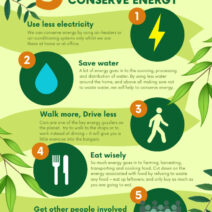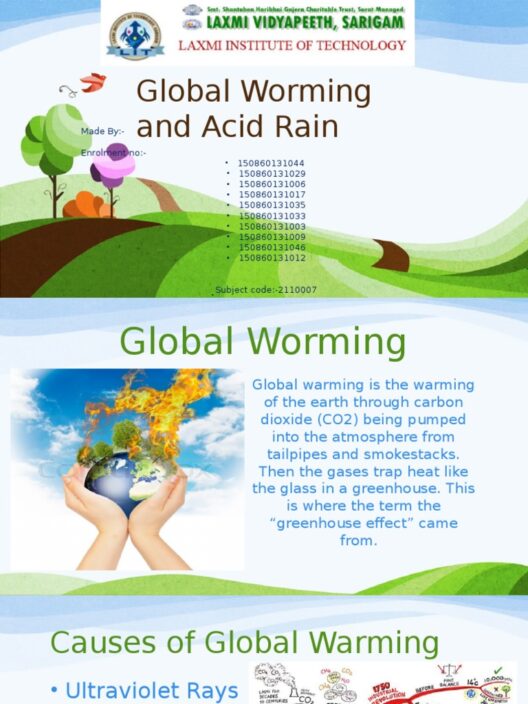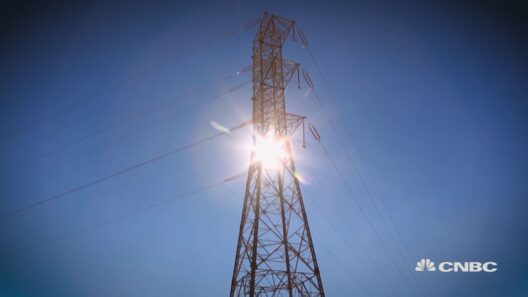Climate change is an omnipresent challenge that threatens ecological systems, human livelihoods, and the stability of economies across the globe. The United States, as one of the largest contributors to greenhouse gas emissions, has a profound responsibility to lead in climate action. However, the fixation on the belief that addressing this existential threat will harm economic growth warrants deeper exploration. To dismantle this misconception, a detailed roadmap is required, outlining actionable steps the US government can take to mitigate global warming effectively.
First and foremost, the government must prioritize the transition to renewable energy sources. Fossil fuels have long been the backbone of the American energy system, but their deleterious impacts on the environment are well-documented. Solar, wind, hydroelectric, and geothermal energy are viable alternatives that can provide sustainable energy with minimal ecological footprints. Federal tax incentives for renewable energy projects can stimulate investment and innovation in this sector. Additionally, the government can partner with private entities to establish large-scale renewable energy installations that not only reduce emissions but also create numerous jobs, thus addressing the economic concerns tied to transitioning away from fossil fuels.
Furthermore, it is crucial to implement stringent regulations on emissions from industries and transportation. The establishment of a robust cap-and-trade system could serve as an effective mechanism to reduce overall emissions. By placing a limit on the total level of greenhouse gases that can be emitted, industries must either innovate to reduce their emissions or purchase allowances from cleaner companies. This not only incentivizes compliance but also fosters a competitive atmosphere that encourages the development of cleaner technologies.
The transportation sector, notorious for its contributions to carbon pollution, must also undergo a significant overhaul. Investing in public transportation systems can reduce the number of individual vehicles on the road, thereby decreasing emissions. Government subsidies for electric vehicles (EVs) can also play a pivotal role in this transition. Expanding the network of charging stations across urban and suburban landscapes would alleviate concerns over range anxiety and encourage consumers to adopt cleaner alternatives.
Even more critical is the necessity to enhance energy efficiency within buildings. The energy consumption attributed to residential and commercial buildings is staggering. Implementing stricter energy efficiency standards for appliances, insulation, and construction materials is essential. Federal programs that provide financial support for retrofitting existing structures can compel homeowners and businesses alike to adopt greener practices, supplying added economic tools to foster a sustainable built environment.
In conjunction with these efforts, a national reforestation initiative can create carbon sinks that absorb atmospheric CO2. Forests are vital for maintaining planetary health, and programs aimed at restoring degraded landscapes can have astonishing benefits for biodiversity as well as mitigating climate change. This endeavor can also serve as an opportunity to engage local communities in conservation, thus building greater awareness and investment in ecological stewardship.
Furthermore, the United States must take an active role in international climate agreements. While domestic reforms are necessary, global warming is by nature a transnational issue that necessitates cooperation across borders. By rejoining international treaties such as the Paris Agreement and committing to legally binding targets, the US can galvanize other nations to take robust action as well. Diplomacy should be paired with investments in global green technology and carbon reduction initiatives, particularly in developing nations that may require assistance to transition away from fossil dependence.
Education is another pillar that is frequently overlooked yet indispensable in the fight against climate change. The government should invest in comprehensive educational initiatives that inform the public about the realities of climate science, the importance of sustainability, and practical steps individuals can take in their daily lives. This knowledge can empower citizens to make informed decisions and advocate for policies that prioritize environmental health.
Additionally, research and development funding should be drastically increased within the federal budget. Innovation drives change, and by endorsing cutting-edge research on climate solutions, the US can foster new technologies that mitigate greenhouse gas emissions effectively. Collaborative efforts between universities, governmental entities, and private firms can catalyze revolutionary ideas that could transform the landscape of climate action.
Lastly, it is imperative to focus on equity in the implementation of climate action strategies. Marginalized communities often bear the brunt of environmental degradation while contributing the least to the problem. Policies must prioritize equitable access to clean energy and sustainable practices. By ensuring that low-income and underrepresented populations are included in the conversation about climate solutions, the government can work toward a just transition that uplifts everyone rather than leaving certain groups behind.
In conclusion, the steps the US government can take to combat global warming are manifold and require both immediate and long-term strategies. Transitioning to renewable energy, enforcing stringent regulations, strengthening public transportation, enhancing building efficiency, initiating reforestation projects, and endorsing education and innovation are crucial actions that can pave the way for a sustainable future. As we navigate the complexity of climate change, it is not merely an environmental issue; it is an economic, social, and ethical imperative. By facing this challenge head-on with determination and an informed approach, the United States could not only mitigate its own impact but also inspire global action towards a healthier planet. The journey is daunting, yet the rewards of a sustainable future are immeasurable.







